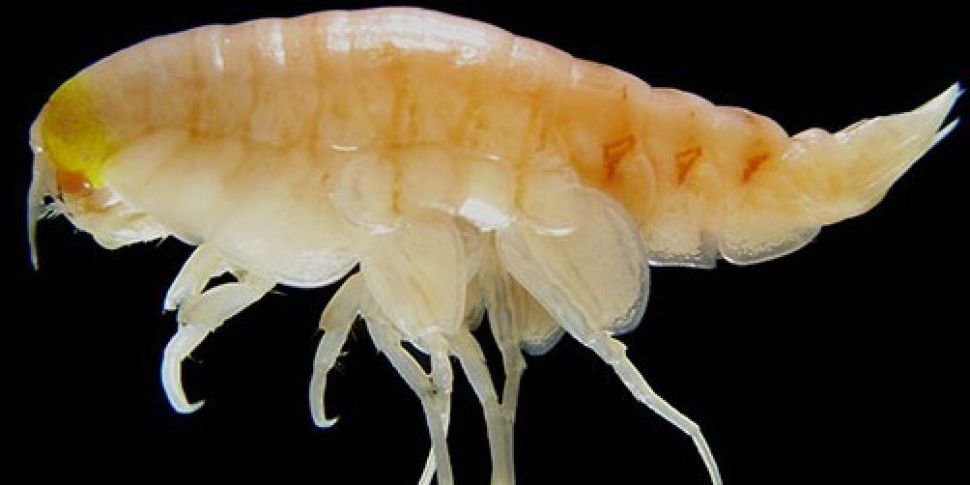Scientists say man-made cancer-causing chemicals, which have been banned since the 1970s, have been found in the deepest recesses of the Pacific Ocean.
Traces of high levels of the pollutants were found in scavenging shrimp-like amphipods living more than 10km below the surface in two trenches 7,000km apart.
Residue of polychlorinated biphenyls (better known as PCBs) was found in the creatures' bodies at the bottom of the deepest oceans.
Researchers were shocked to find contamination levels similar to those found in a heavily polluted area just off Japan.
The findings are being published in Nature Ecology and Evolution, and now the study team is to investigate if microbeads have been swallowed by the deep sea creatures.
Report author Alan Jamieson said: "We still think of the deep ocean as being this remote and pristine realm, safe from human impact, but our research shows that, sadly, this could not be further from the truth."
PCBs
Chemicals found in the 2-3cm long crustaceans included PCBs, which have been defined as carcinogens and do not break down for decades.
Around 1.3 million tons of PCBs were widely used in industry from the 1930s until they were banned in the 1970s.
PCBs were used in plastics and carbonless copy paper as well as electrical equipment, glues and engine oils.
Industrial accidents and leakage from landfill have seen them released into the sea and they are extremely slow to break down.
Scientists also discovered polybrominated diphenyl ethers (PBDEs) which were used as flame retardants and are known to reduce fertility.
The team used deep-sea landers to search the Mariana Trench, east of the Philippines, and the Kermadec Trench, north of New Zealand.
The Mariana Trench is the deepest part of the world's oceans.
Scientists believe the pollutants have found their way into the remote trenches through contaminated plastic debris and dead animals sinking to the ocean floor.
The voracious amphipods then live off what they can scavenge.
Dr Jamieson, of Newcastle University's School of Marine Science and Technology, said: "The fact that we found such extraordinary levels of these pollutants in one of the most remote and inaccessible habitats on earth really brings home the long term, devastating impact that mankind is having on the planet.
"It's not a great legacy that we're leaving behind."









